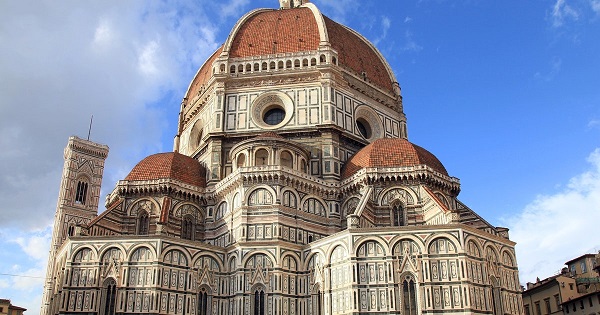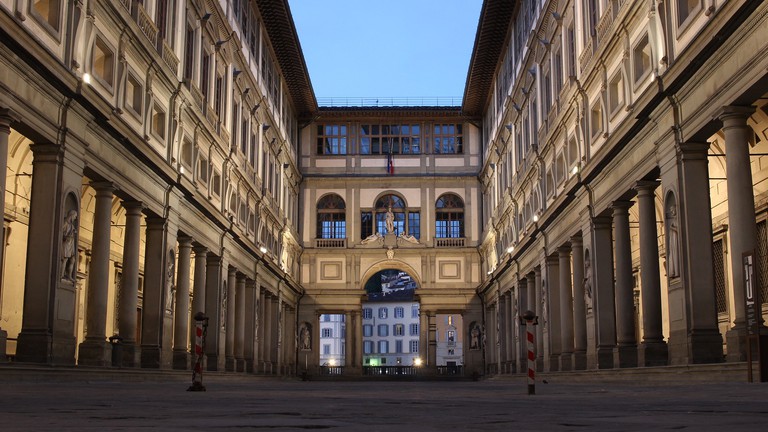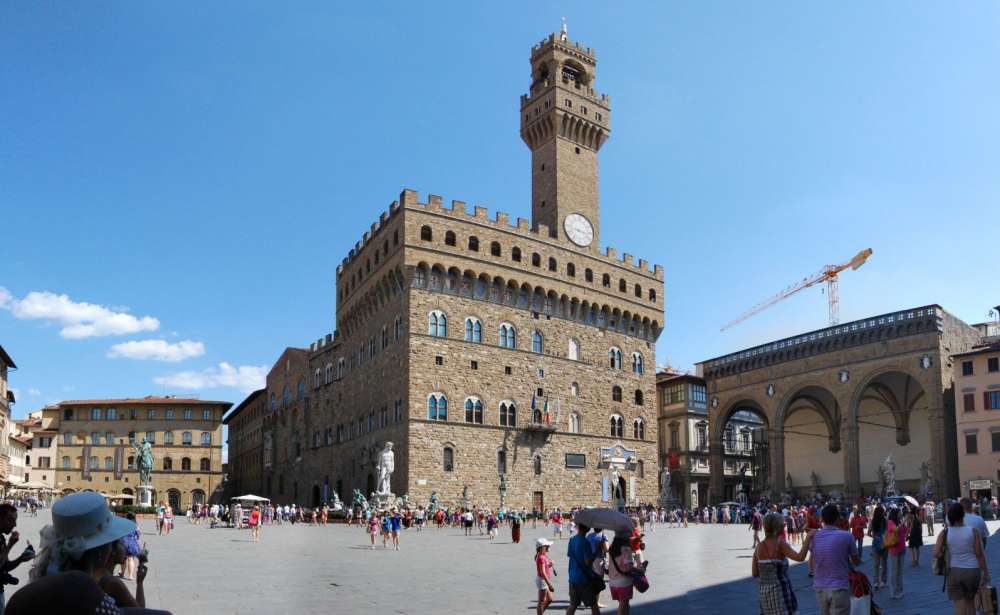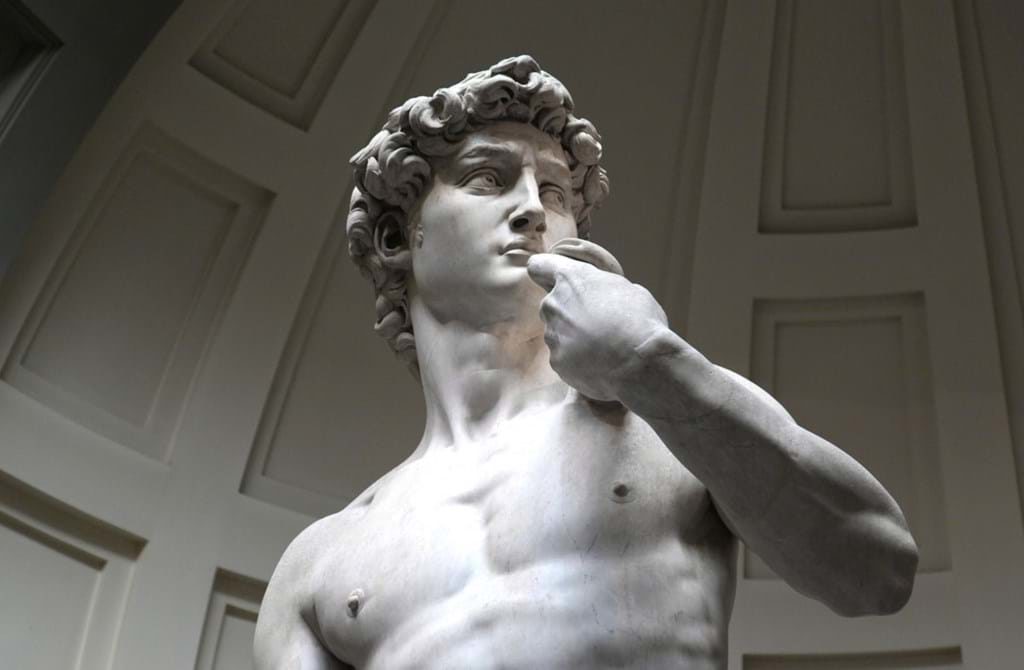Florence, city of the Renaissance, has many treasures to offer. It is the soul of Tuscany, and brims with the influences of the Renaissance. You’ll explore a myriad of architectural wonders and a plethora of exquisite artwork, all of which conclude into one cultural masterpiece of a city. While its majesty can be enjoyed simply by walking through its streets and across bridges.
With a moderately compact historic center that’s still big enough to permit tourist crowds to spread out a bit, Florence is a breeze to navigate. With a reputation for good food, Florence can be counted on as a place where you’ll eat well.
1. Uffizi Gallery
The Uffizi gallery Florence is the city’s top museum, and the place to see Botticelli’s stunning “Birth of Venus.” It is the premier place to view Italian Renaissance art and is the most-visited museum in Italy. The Uffizi Gallery is a building and museum of Florence that contains one of the oldest and most famous collections of art in the world.
2. Accademia Gallery of Florence
Accademia Gallery of Florence is one of the world’s great art museums, where the masterpieces on display include Michelangelo’s Statue of David. Michaelangelo’s “David” stands in the center of the Tribune and rightfully so.
3. David
This astonishing Renaissance sculpture was created between 1501 and 1504. It is a 14.0 ft marble statue depicting the Biblical hero David, represented as a standing male nude. Stand in front of Michelangelo’s “David” and experience intense emotions.
4. Palazzo Vecchio
Palazzo Vecchio is one of Florence’s premier museums, where you can discover many diverse layers of Italian history since Roman times. Palazzo Vecchio offers Roman ruins, a Medieval fortress and amazing Renaissance chambers and paintings.
5. Piazza della Signoria
Piazza della Signoria has plenty of statuary, with the gallery of the Loggia dei Lanzi, the equestrian statue of Cosimo I and the Fountain of Neptune, who slightly resembles Cosimo. The Piazza della Signoria has been the center of political life in Florence since the 14th century with the prominent Palazzo Vecchio overlooking the square.
6. Florence Cathedral
Known as il Duomo, the view from the Gothic cathedral’s iconic, red-brick dome offers a sweeping panorama over waves of the city’s terracotta rooftops amid rolling, Tuscan hills.
7. Florence Baptistry
Dedicated to the city’s patron saint, John the Baptist, Florence Baptistry in white and green Prato marble boasts an inner dome with lavish, golden mosaics. Located in Piazza del Duomo, right in front of the Cathedral of Santa Maria del Fiore, it is one of the most important monuments in Florence.
8. Church of Santa Maria Novella
It may appear ordinary from the outside, but it’s the grandeur within that makes the Church of Santa Maria Novella well worth the visit. Its cloister also provides some moments of serenity. It is one of the most important Gothic churches in Tuscany. The exterior is the work of Fra Jacopo Talenti and Leon Battista Alberti.
9. Ponte Vecchio
Ponte Vecchio is the most famous bridge in Florence and undoubtedly one of the city’s most illustrious landmarks. Pastel-colored apartments upon shops selling art, jewelry, and souvenirs line the city’s oldest and most unique bridge Ponte Vecchio over the Arno River. It’s picture-perfect day and night.
10. Pitti Palace
Explore Palazzo Pitti, which was home to some of the most important Italian families. It stands today in Renaissance splendor, the largest museum block in Florence, and a wonderland open to the public. It was also the royal palace of other two dynasties: the House of Lorraine-Habsburg and the Kings of Italy of the House of Savoy, who inhabited it palace from 1865.





